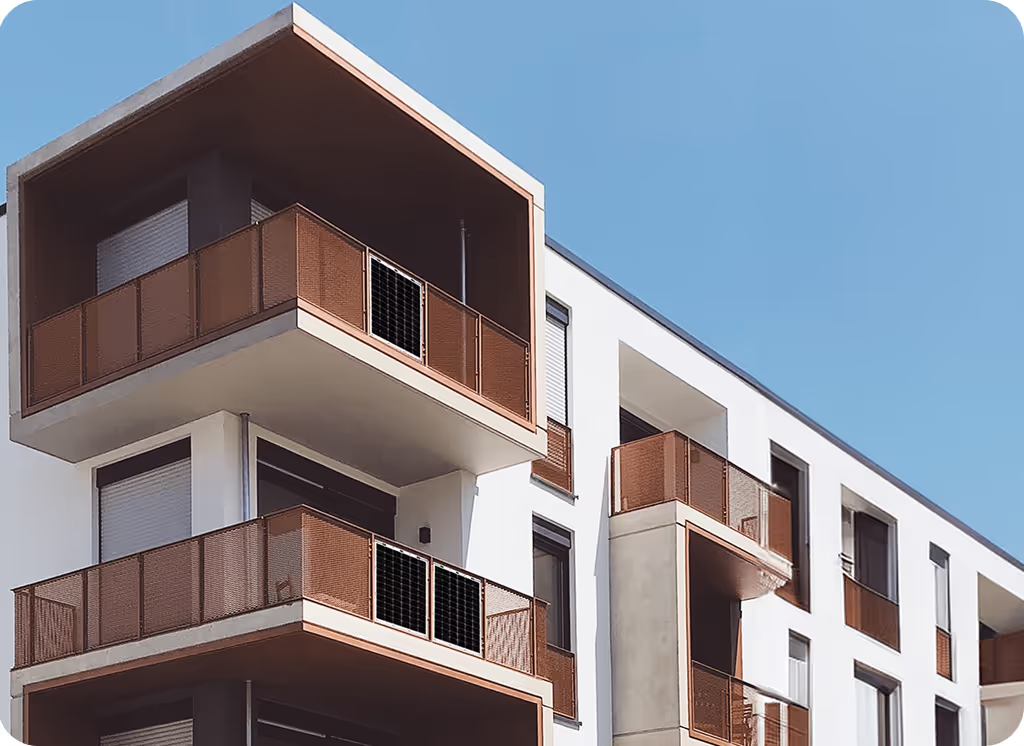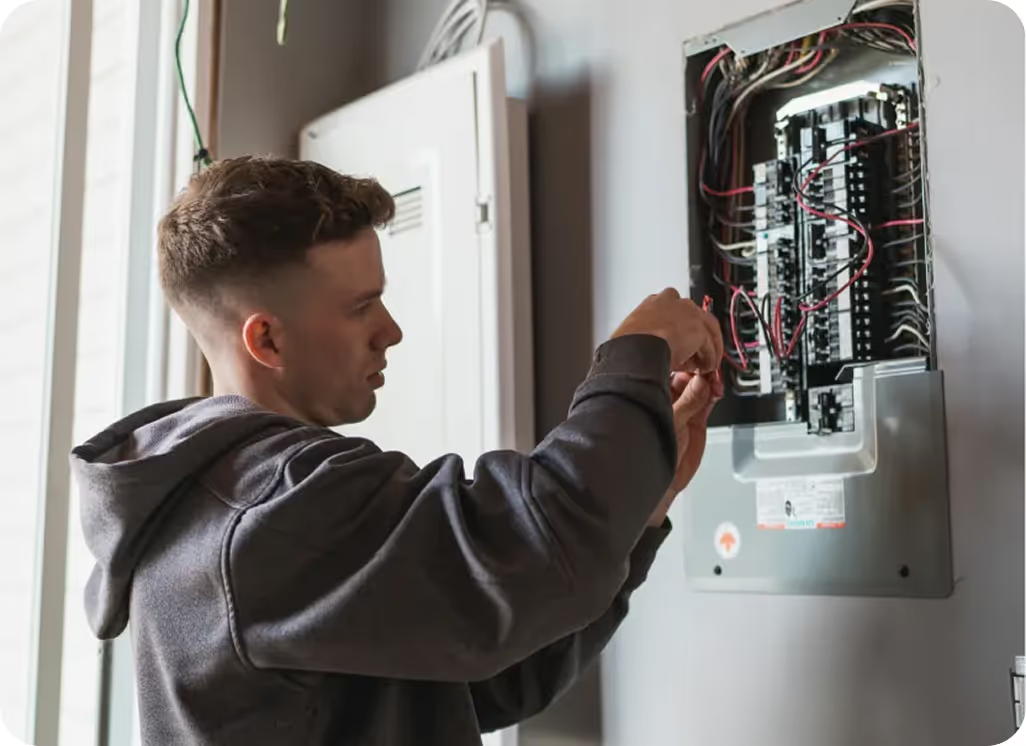Buy an automatic generator and enjoy a full year without payment or interest!
Some conditions apply*

The energy autonomy of a house is no longer limited to the installation of a few solar panels. With the growth of renewable technologies and the desire to reduce dependence on the grid, more and more homeowners are turning to creating home microgrids. These systems aim to produce, store and manage energy locally, by combining solar panels, wind turbines, batteries and emergency generators. The objective? Ensure a stable and continuous power supply, even in the event of a long outage in the main electrical network.
To achieve this level of autonomy, several elements must be integrated harmoniously:
This architecture guarantees complete electrical coverage, without excessive use of generators, while remaining autonomous and resilient.
Adopting a domestic electrical microgrid has several concrete benefits:
ERCO is distinguished by its global approach:
With this approach, ERCO guarantees not only sustainable electrical autonomy, but also optimized performance, season after season.
Moving to a truly autonomous home means going beyond the elementary solar approach to adopting a home microgrid powered by solar energy, wind, smart storage, and a backup generator. This strategy ensures not only efficient production, but also unparalleled safety and flexibility.
At ERCO, we support each stage of your project: from the initial study to the installation, including long-term follow-up. To guarantee complete and responsible electrical autonomy, contact our experts today!

Generac automatic generators combine innovation and reliability to protect your home, season after season.

Capture every ray to light up your home. Our solar panels transform light into clean and sustainable energy, for a home that is always powered.

Peace of mind starts here: an electrical panel that's built to last, designed for you.
.avif)
Make sure you always have the spark you need. Elios Litio10.2 wall batteries store excess solar energy so that you remain autonomous.